Disclaimer: Soccer Whizz is a participant in the Amazon Services LLC Associates Program, an affiliate advertising program designed to provide a means for sites to earn advertising fees by advertising and linking to Amazon.co.uk (source: Section 5). As an Amazon Associate I earn from qualifying purchases.
Over the last couple of years, shoppers have definitely become a lot more conscious of the wider impact that their spending can have on the environment.
This gradual shift in consumer behaviour – brought about in part due to growing climate change concerns and the extinction of wild animals – means that buyers place a lot more thought into the products they seek to purchase.
As a result of this change in attitude towards expenditure, soccer comes under much more scrutiny than it has done in the past.
The sport is particularly guilty of harming the world’s natural landscape, with things like soccer ball production depleting the Earth of its finite natural resources.
Just take a moment to think about the processing of all the raw materials that go into producing these objects, as well as all the monumental amounts of power consumption and fuel used to transport these goods to warehouses and retail outlets worldwide.
It’s no wonder that more and more people are looking for soccer balls that have a less harmful environmental impact!
So, this naturally leads me on to the question of whether soccer balls are biodegradable.
But I have some disappointing news to bear.
Unfortunately, the vast majority of soccer balls produced for market use are not biodegradable. This is because most of the materials used in their construction – such as processed leather, plastic, poly vinyl carbonate and other animal materials – are unable to biodegrade easily or at all.
It’s actually quite difficult to fathom that in a world full of impressive technological advancement, companies are yet to figure out a soccer ball solution that doesn’t have such a negative effect on nature and the animals that we share our beautiful planet with.
But that’s a rant for another day!
Let’s now discuss in more detail why soccer balls are not biodegradable, before I share with you some other interesting pieces of information that pertain to this topic.
Why are most soccer balls not biodegradable?
As I’ve already alluded to, soccer balls are not biodegradable because the properties of the materials used to produce them don’t particularly lend themselves towards sustainability and eco-friendliness.
Now, the website actually has a written resource that covers what soccer balls are made of.
But I’m going to take a narrower focus here, paying closer attention to the outer covering of soccer balls instead.
The external shell of a soccer ball is the outer most part that gives a ball its appearance, as well as providing protection from the wear and tear that comes with being kicked and tossed around.
Before modern advancements in technology became available to soccer ball manufacturers, you would find that these outer covers were comprised purely of leather – a material that’s seriously harmful to animals and toxic to the natural environment.

Want to test your knowledge on soccer ball care?
Take the quiz by clicking the button below and see just how informed you truly are!
Note - You'll need to enter your email address to see the final results.

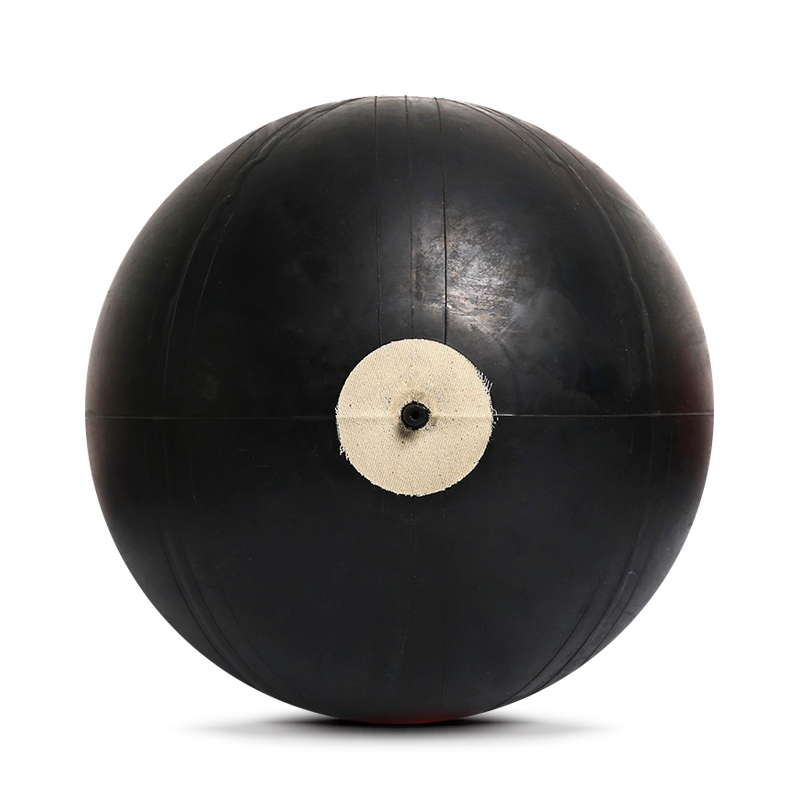

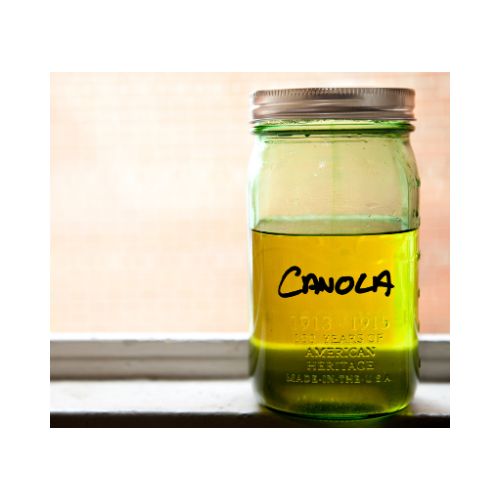
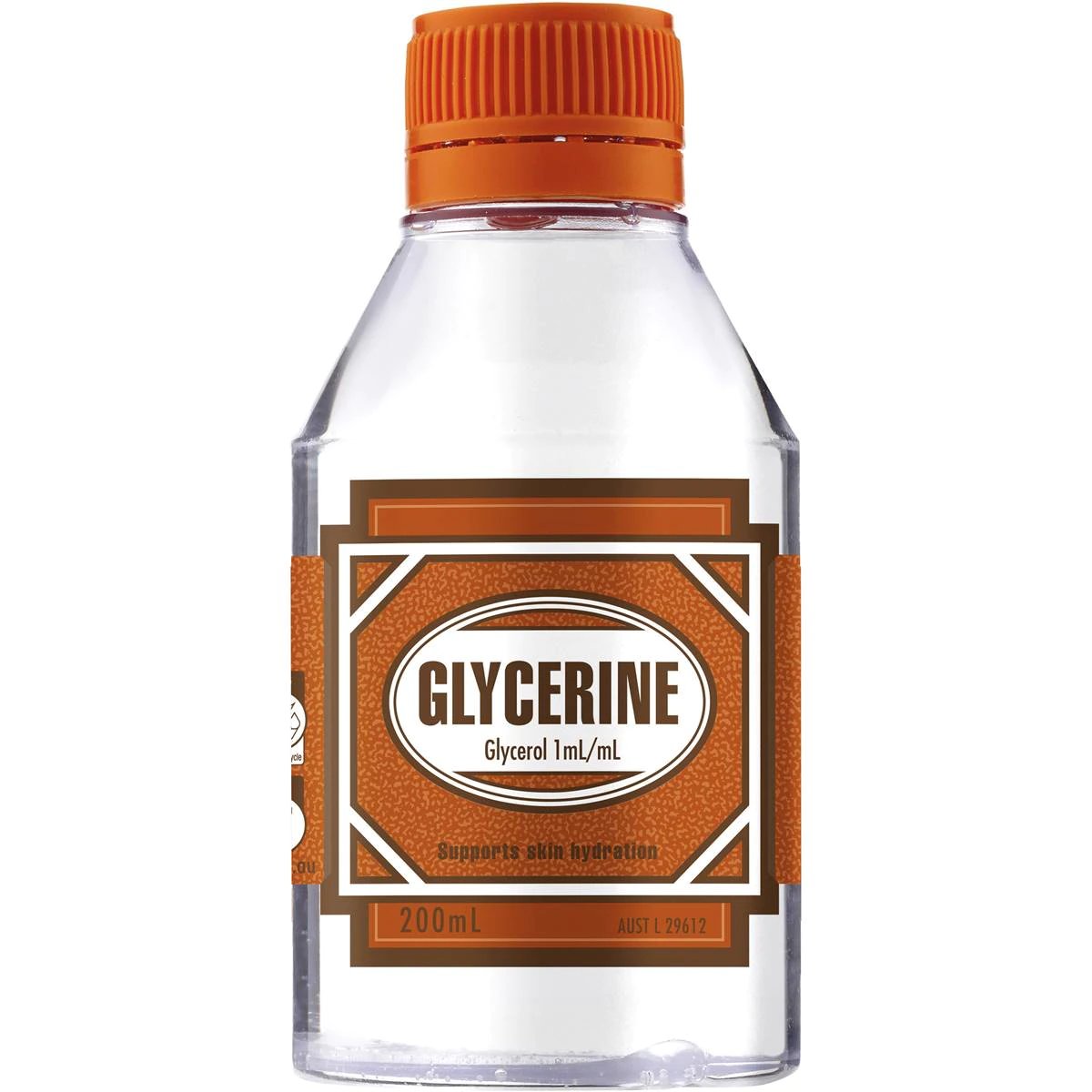









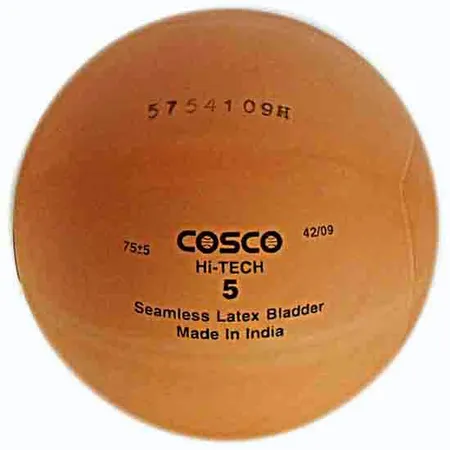









1. Processed leather usage

Leather is made from the hide of almost any animal, and that includes:
- Sheep;
- Goats;
- Pigs;
- Cows; and
- Crocodiles
What essentially happens is that the skin of these animals is removed, with the flesh also peeled off using a fleshing machine.
But funnily enough, this stage of the leather creation process isn’t what makes the material non-biodegradable.
In its true natural form, leather is actually biodegradable.
You see, the next step in the sequence is the culprit.
It’s the tanning process that changes the chemical combination inside the leather fibres, thereby altering the biodegradability of the material.
Here’s a quote you need to read:
“The tanning process changes the chemistry inside the leather fibres to make it more difficult for the enzymes from bacteria and fungi to break them down.”
Source – Nera
And because natural leather isn’t what consumers get when they purchase soccer balls these days, you can be sure that the processed outer covering of these objects contributes towards animal cruelty and environmental degradation.
2. Poly vinyl carbonate adoption
Companies typically have an insatiable appetite for making profits, and that can sometimes trickle down into how manufacturers create their products.
By cutting labour and raw material costs down to a minimum, margins can be maintained.
Although this comes at the expense of the environment, especially in the case of soccer ball production using poly vinyl carbonate.
This plastic promises durability for an outer cover but the material is not biodegradable, as items made from it will retain their form for several decades – with the substance only able to break down into smaller pieces (i.e. granulation).
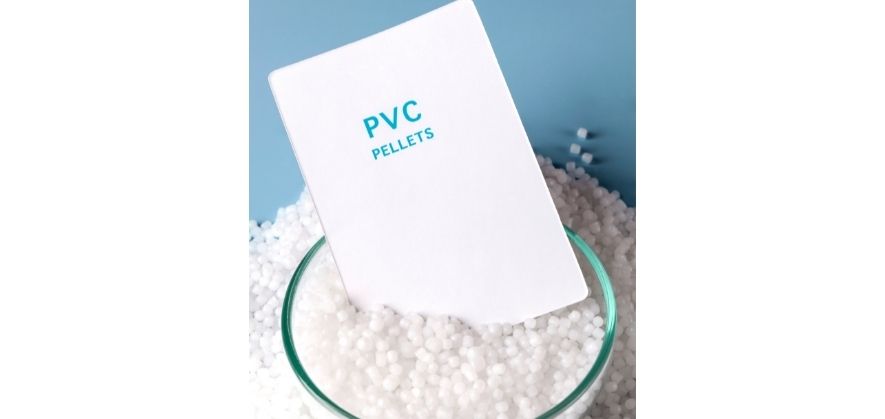
The main issue is that this plastic is so cheap and readily available for manufacturers to use, so they tend to ignore the environmental impact by choosing to use it.
Which soccer balls are eco-friendly?
You may feel slightly discouraged because soccer balls appear to be bad for the environment, but it’s certainly not all doom and gloom!
There are biodegradable soccer balls out there, although they are much harder to find.
How they came to be is an interesting tale, so I’ll try and explain with a very brief backstory.
If you look back in time with a focused lens on the 1970s, soccer ball producers tried to make these items more durable by coating leather with polyurethane.
This substance would shield the outer covering from all sorts of scuffs, not to mention that it made soccer playable in the rain.
Despite that, polyurethane and other forms of leather synthetic were and still are considered toxic for our planet earth, because their production leads to high levels of carbon dioxide emissions.
Although interestingly enough, there is quite a bit of evidence to suggest that polyurethane is biodegradable.
Because according to Science Direct, the material is susceptible to biodegradation through naturally occurring microorganisms.
But it was the arrival of thermoplastic polyurethane (TPU) that changed this landscape.
As an emerging plastic variety, it quickly improved on the benefits that polyurethane could offer for soccer ball production due to its excellent abrasion resistance and environmental friendliness.
I’ll now reveal some soccer balls designed with this eco-friendly material.
Eco Sports soccer balls
In fact, Eco Sports is one company that uses TPU material for its own range of soccer balls.
Here’s a quick glimpse of how they look:
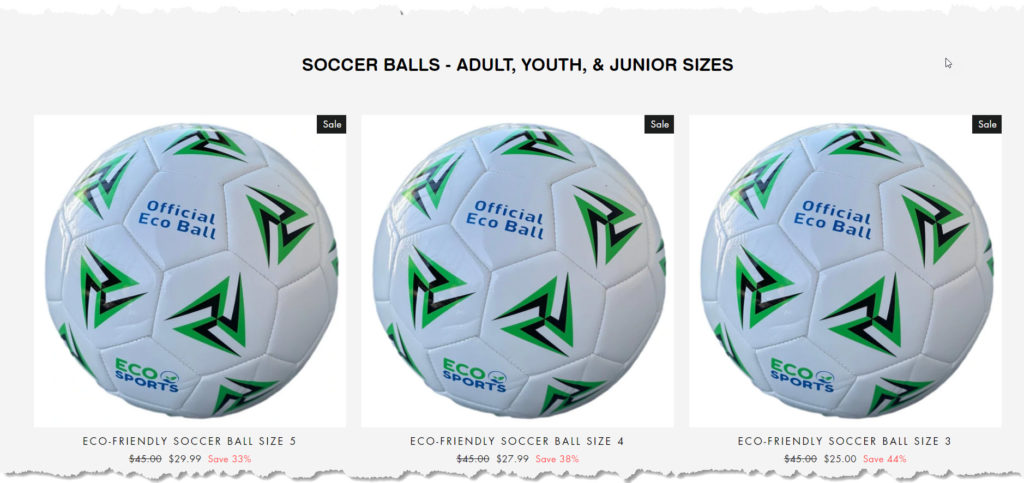
Appearance-wise, they’re nothing to brag about.
But because they are composed of environmentally friendly TPU, they are a solid option for buyers seeking biodegradable soccer balls of good quality.
SELECT Sports Planet soccer ball
SELECT rarely manage to disappoint.
As you can see, they’ve also got an eco-friendly soccer ball in their locker with their Planet soccer ball.
It’s been crafted together with recycled materials such as polyethylene terephthalate (PET) from bottles, along with natural latex.
How do you dispose of old soccer balls that aren’t biodegradable?
This conundrum usually arises when you buy a standard soccer ball made of synthetic leather or other materials that aren’t environmentally sustainable.
However, there is some good news.
You can get yourself out of this disposal predicament in a number of ways:
- Recycling your soccer ball
- Donating it to a local charity
- Repurposing it by transforming it into another object like a flower pot
Wrap up
Without a doubt it has been interesting to talk about whether soccer balls are biodegradable.
You should now have a solid answer for this question if another person decided to ask you about it.
But it must be said that the best soccer balls are generally not the ones that are biodegradable in nature.
So, take care whenever you make a purchase.
Because there’s little if any point in buying a soccer ball that isn’t durable enough to last a long time even though it leaves a smaller environmental footprint.
If you enjoy the content that I create and would like to buy me a coffee, then I’d really appreciate it!
Any money that I earn through this donation will be re-invested into more content for this website.
Additionally, by sending in a donation you’ll also receive a copy of my recently released 190+ page eBook on Soccer Ball Care, as well as be subscribed to our mailing list where you’ll be regularly informed on the latest developments concerning the Soccer Whizz blog.
- Future Icons: Europe’s Emerging Midfield Maestros Set for Glory - December 4, 2023
- Kickstarting a Revolution: How Soccer Transformed the United States Over the Last Four Years - October 7, 2023
- 4-1-4-1 Soccer Formation [Analysis] - September 23, 2023


